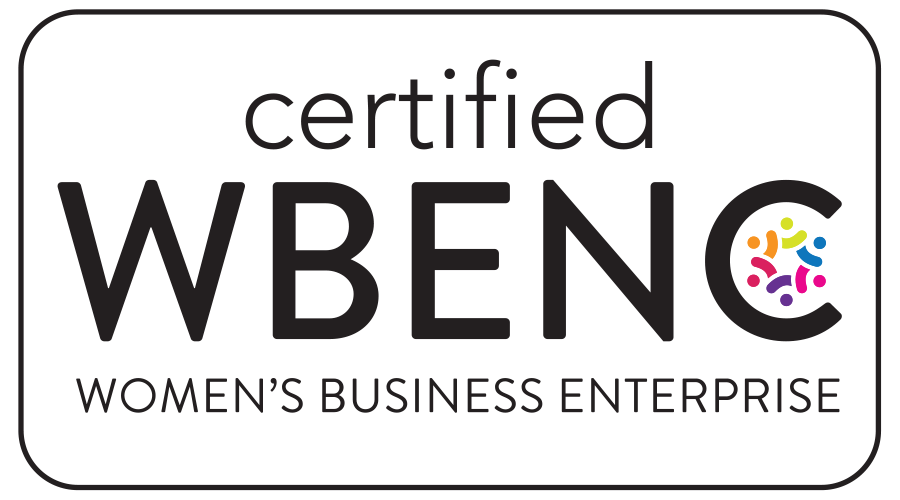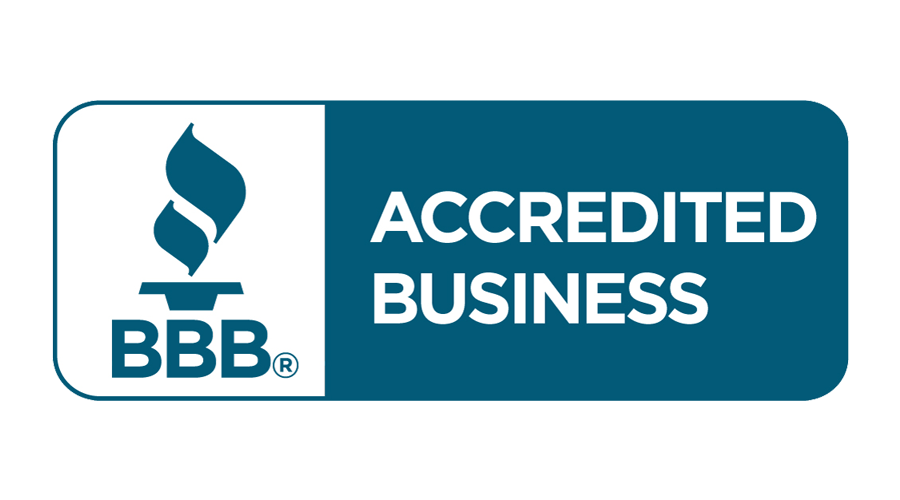Why Site Selection Advisors Must Look at Reality

From Data to Decisions: Why Site Selection Advisors Must Look at the Realities of Today’s CRE Workforce
The commercial real estate (CRE) industry is undergoing a transformation—one shaped not only by market forces and post-pandemic shifts, but also by the evolving expectations of its workforce. Site Selection Advisors must pay attention. The 2025 CREW Network Benchmark Study, developed in partnership with the MIT Center for Real Estate, offers a comprehensive look at the state of gender equity, compensation, career advancement, and workplace culture in CRE. For companies planning new facilities, expansions, or relocations, this data is more than informative—it’s strategic.
As site selection advisors specializing in state and local tax credits and business incentives, we believe that the most successful location decisions are those that align with both operational goals and workforce realities.
Here’s why.
The Workforce Shift: What CRE Leaders Need to Know
The pandemic accelerated flexible work arrangements, and today, CRE professionals spend only 56% of their time in the office. Women, in particular, are working remotely 2.5 hours more per week than men. While this flexibility has boosted productivity for many, it also introduces new challenges—especially around visibility and promotion.
Companies must now consider how location impacts access to talent, especially in hybrid environments. Site Selection Advisors that look for a site that supports flexible work, offers proximity to diverse talent pools, and fosters an inclusive culture are no longer a “nice to have”—it’s a competitive advantage.
Equity, Representation, and Incentives
Despite progress, women still comprise just 38% of the CRE workforce, and the gender pay gap—though narrowed—persists. The most significant disparities appear in non-salary compensation like bonuses and commissions, particularly in senior roles.
Moreover, women are more likely to experience career interruptions due to family responsibilities and report gender discrimination as their top barrier to success. These realities must inform how companies structure their workforce strategies—and where they choose to grow.
State and local governments increasingly offer incentives tied to workforce development, diversity, and inclusion. Companies that align their site selection with these priorities can unlock meaningful financial benefits while advancing equity goals.
The Role of Incentives in Driving Equitable Growth
Business incentives are no longer just about tax breaks—they’re about transformation. From training grants and infrastructure support to property tax abatements and cash incentives, the right package can significantly improve project ROI.
But here’s the catch: incentives are negotiable. And the best outcomes come from advisors who understand how to leverage workforce data, community priorities, and policy trends to craft a package that meets or exceeds financial goals.
Strategic Site Selection in the Age of Accountability
The CREW study makes one thing clear: companies must move beyond traditional site selection metrics. Today’s decisions must reflect a deeper understanding of workforce dynamics, equity challenges, and long-term talent sustainability.
Whether you’re building a new facility, expanding operations, or reshoring manufacturing, your location strategy should be a reflection of your values—and a driver of your success.
Let’s Make Your Next Move Count
Are you planning a new facility, expansion, or relocation?
Your site selection decision is more than a real estate transaction—it’s a strategic investment in your people, your purpose, and your profitability.
Partner with a site selection advisor who understands the intersection of workforce trends, tax credits, and business incentives. We’ll help you choose a location that not only meets your operational needs but also supports your long-term vision.
Contact us today to start building a site strategy that exceeds expectations—financially and culturally.

 Follow Us
Follow Us
 Ashmore Consulting is proud to join Pledge 1%, a global movement creating new normal where companies of all sizes integrate giving back into their culture and values. Pledge 1% empowers companies to donate 1% of product, 1% of equity, 1% of profit or 1% of employee time to causes of their choice. Over 1,500 companies in 40 countries have taken the Pledge and committed to give to communities around the world. Ashmore Consulting is excited to join Pledge 1%’s network of founders, entrepreneurs and companies around the globe that have committed to giving back.
Ashmore Consulting is proud to join Pledge 1%, a global movement creating new normal where companies of all sizes integrate giving back into their culture and values. Pledge 1% empowers companies to donate 1% of product, 1% of equity, 1% of profit or 1% of employee time to causes of their choice. Over 1,500 companies in 40 countries have taken the Pledge and committed to give to communities around the world. Ashmore Consulting is excited to join Pledge 1%’s network of founders, entrepreneurs and companies around the globe that have committed to giving back.


